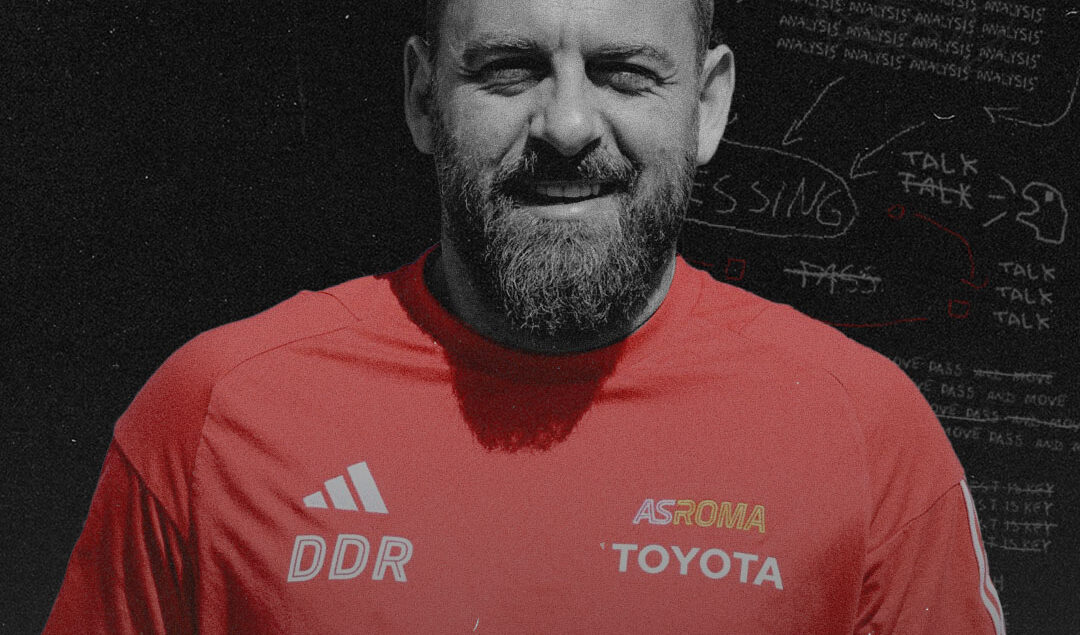Daniele De Rossi: The Club Icon Leading Roma’s Resurgence
On January 16, 2024, José Mourinho was relieved of his duties as Roma manager after back-to-back defeats to Lazio in the Coppa Italia quarterfinal and Milan in the league. Two wins in seven games was enough for Roma’s owners to cut tie with the ‘Special One’, with the club hierarchy appointing Daniele De Rossi until the end of the season.
De Rossi spent 18 years at Roma, winning two Coppa Italia titles and racking up 43 goals and 55 assists in 459 appearances. He departed in 2019, spending a brief spell at Boca Juniors before hanging up his boots. De Rossi quickly transitioned into coaching, beginning his UEFA A licence course before working as Roberto Mancini’s assistant during the UEFA Euro 2020 as Italy pulled off their first European Championship win in 53 years.
After working in a variety of roles with the national team, De Rossi would take charge of Serie B side SPAL in October 2022, lasting just four months before being dismissed. This time, however, De Rossi’s foray into management has gone much smoother, with the club legend reigniting Roma’s campaign and injecting new life into a season that had looked lost.
Eight months after leading Roma to a second-straight European final, Jose Mourinho departs the capital, leaving the Giallorossi with a mountain to climb in their efforts to secure top four.@scot_munroe on how Mourinho’s Roma spell came to a bitter end:https://t.co/YTX1kGUUXp pic.twitter.com/Bl4KA9K1h2
— Breaking The Lines (@BTLvid) January 23, 2024
Roma kicked off the De Rossi era with a 2-1 win against Hellas Verona, a sign of things to come. They would follow that up with five wins in six league matches, the sole exception being a 4-2 loss to Inter, before narrowly escaping Fiorentina with a 2-2 draw courtesy of Diego Llorente’s 95th-minute equalizer and edging Sassuolo 1-0 via Lorenzo Pellegrini’s winner. The Giallorossi would stumble to a 0-0 draw at Lecce before coming away with a 1-0 win against Lazio in the Derby della Capitale, with Gianluca Mancini’s goal proving the difference.
They were ninth when Mourinho was sacked, but today, they currently sit fifth in the Serie A table, three points behind Bologna and five above Atalanta, who have a game in hand. Whilst qualifying for the Champions League via league placement may be a tricky proposition, Roma have a golden opportunity to reach a third-straight European final and potentially even secure a return to Europe’s premier competition for the first time in six years.
After narrowly edging Feyenoord on penalties, Roma took care of business early on with a 4-0 hammering of Brighton in the first leg, following that up with a 1-0 loss at the Amex in the second leg. As a result, they will take on Milan in the Europa League quarterfinals — if they can get past the Rossoneri, they will face either West Ham or Bayer Leverkusen.
In his first match at the helm, De Rossi set up Roma in an asymmetrical 4-2-3-1 formation with left back Leonardo Spinazzola playing as a third center back in possession whilst the right back Rick Karsdorp operated high up on the flank. As such, Paulo Dybala had the time and space to roam from the right-hand side and drift into pockets around the final third, and Stephan El Shaarawy would remain wide on the left-hand side, cutting inside from the left on occasion and combining with his attacking teammates.

Romelu Lukaku and Pellegrini scored twice within 25 minutes, whilst Michael Folorunsho pulled one back for Hellas Verona in the 76th minute. The following match, however, would see Roma struggle against Salernitana’s deep block, with the Giallorossi serving up a labored, predictable display in possession. Dybala broke the deadlock after halftime via the penalty spot, Pellegrini doubled the lead in the 66th minute, but Grigoris Kastanos would pull one back immediately after to force a nervy half-hour.

De Rossi has been flexible in his tactics, switching from the asymmetrical 4-2-3-1 / 4-3-3 and going for a three-man backline against Brighton. Zeki Celik and El Shaarawy would operate as the wing-backs, with the back three providing solidity and protection against Brighton’s free-flowing attack.
Roma sat deep, soaked up pressure, and hit on the counter, a strategy that worked to perfection and exposed Brighton’s high line. Whilst Roberto De Zerbi played into Roma’s hands, De Rossi took the initiative and outfoxed his compatriot from the onset.
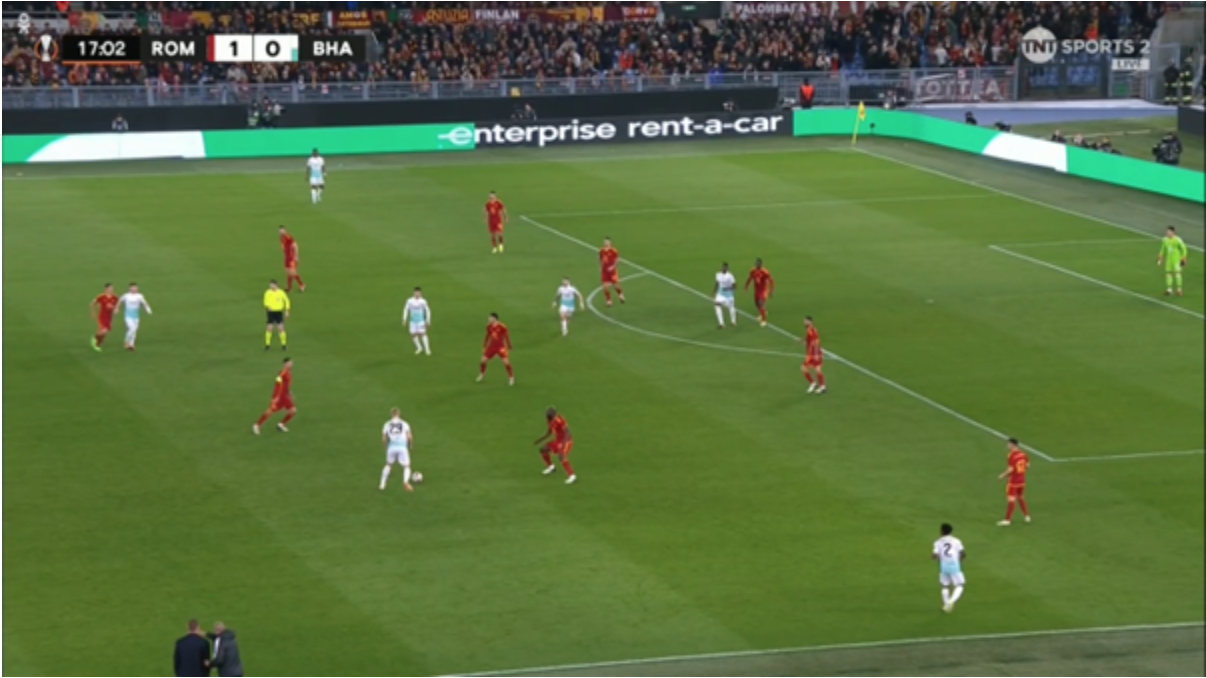
However, there have been some teething issues with this hybrid set-up, with Inter and Fiorentina both exposing Roma’s vulnerabilities in defending wide areas. Inter utilized a 3-5-1-1/3-5-2 and used the width intelligently, and it should come as no surprise that both of Marcus Thuram’s goals came from wide areas. Roma struggled to pick up midfield runners and deal with the danger, and they paid the price for their inability to defend against crosses.

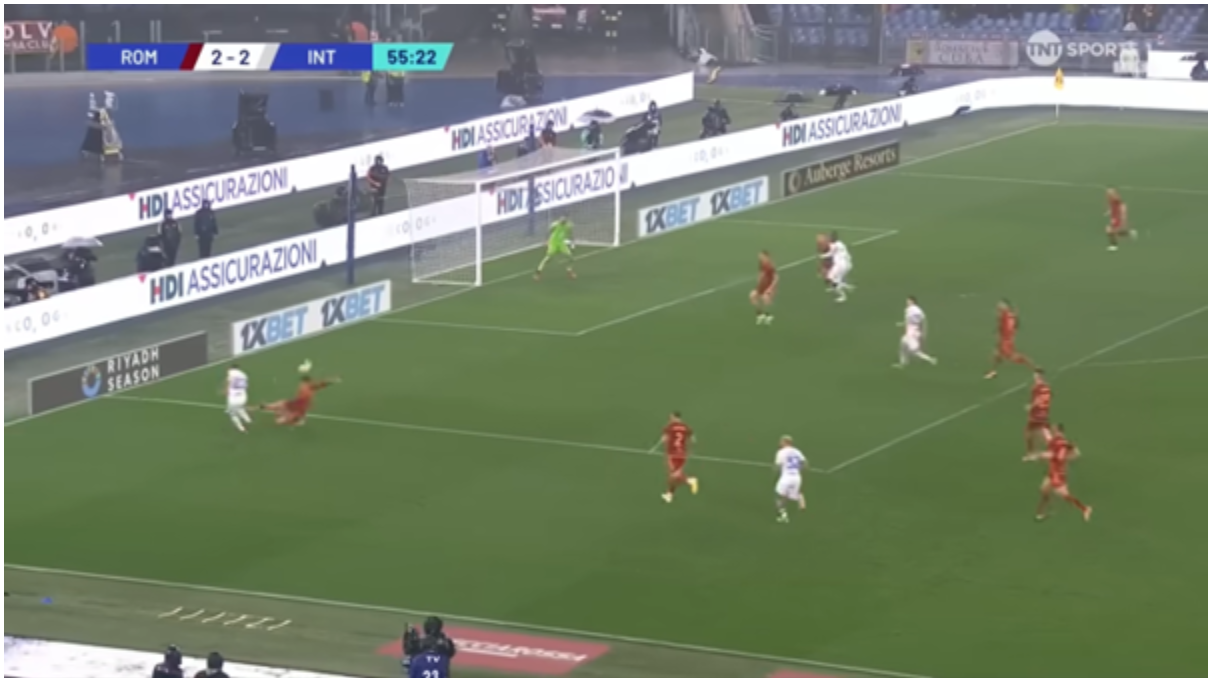
Against Fiorentina, it was a similar story. They conceded a set-piece goal where Roma were left flat-footed, whilst the second goal would see Roma fail to defend a cross from the left, allowing an unmarked Rolando Mandragora to prod home from close range.
Fiorentina came close to putting the game to rest, only to run into an indomitable Mile Svilar in goal. Since replacing Rui Patrício between the sticks, Svilar has rewarded De Rossi’s trust with penalty shootout heroics against Feyenoord, whilst he saved a penalty against La Viola and provided the platform for a last-gasp stalemate at the Stadio Artemio Franchi.
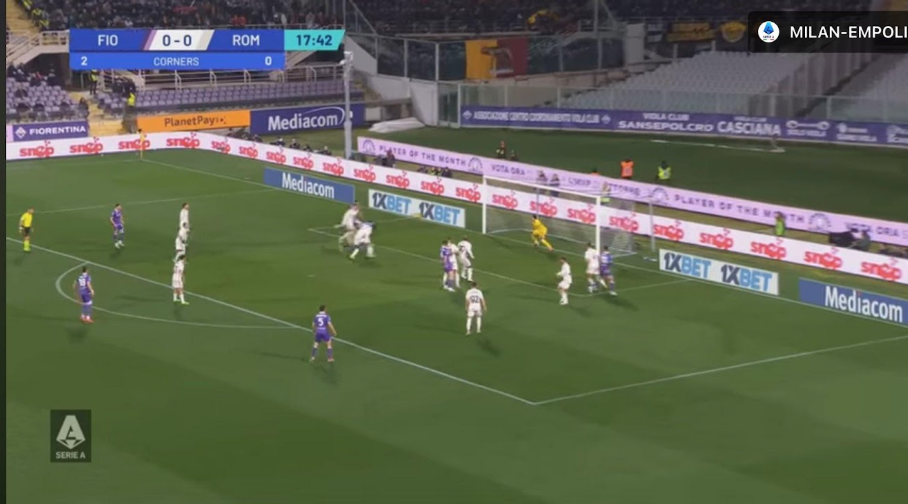

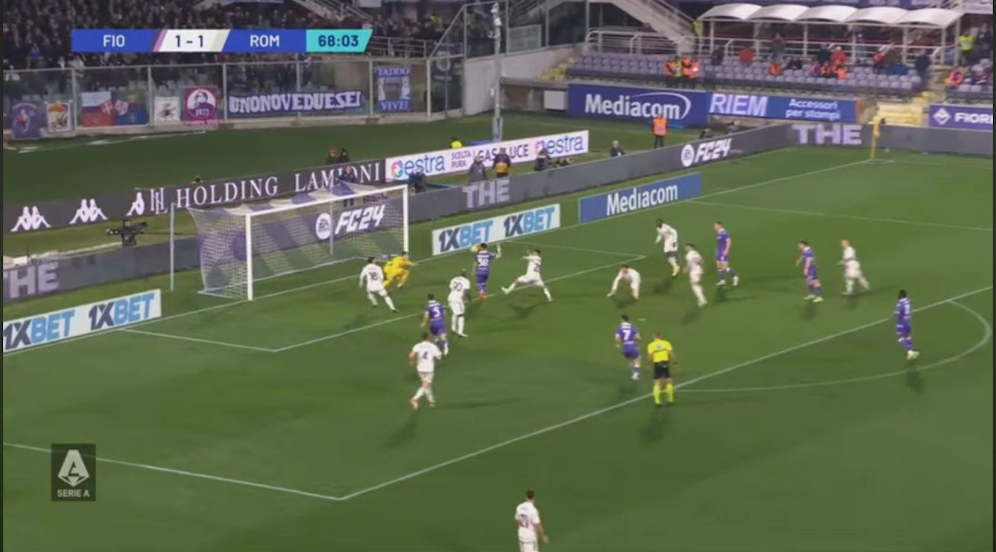
Under José Mourinho, Roma had picked up just 29 points from 20 games this season. Since Daniele De Rossi’s appointment, they’ve picked up 26 points from 11 matches, with their sole league defeat coming against an unstoppable Inter side. As things stand, De Rossi will depart the club when his contract expires in June, but if he can continue to breathe new life into the club and inspire their turnaround in form, Roma’s owners may have no other choice but to reward him with a new deal.
By: Scot Munroe / @scot_munroe
Featured Image: @GabFoligno / Fabio Rossi / AS Roma
